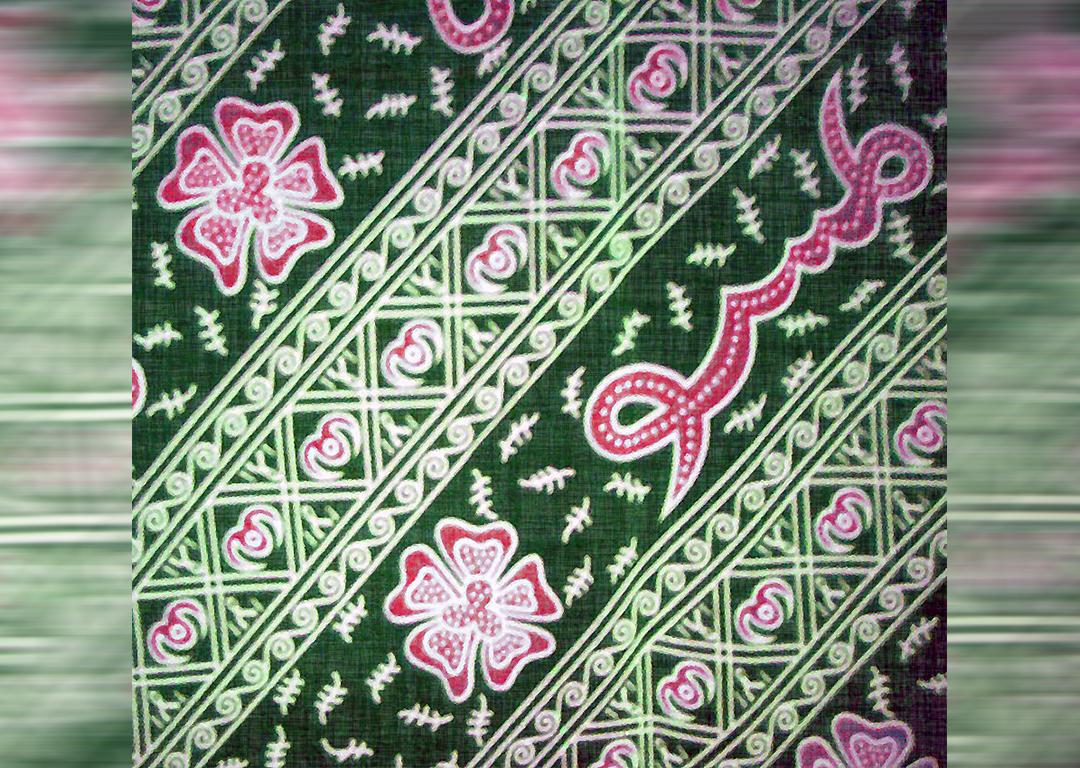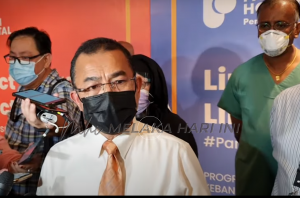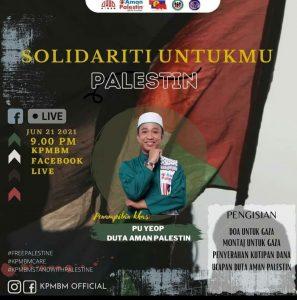
Batik: Mirroring spiritual and cosmological space
LANDING yourself in Padang, West Sumatra, and travelling up to Bukittinggi would not necessarily lead you to see batik. The Minangkabaus are more known for their songket, and other woven fabrics. My sojourn there some years ago initially led me to the batik tanah liek (clay batik); and batik bertulis/basurek (bersurat) in the Minangkabau rantau of Jambi and Bengkulu. The latter are calligraphy batiks.
The Minangkabau claim to their batik identity goes back Adityawarman’s 14th century stone inscription. The clay batik is now mainly produced in the districts of Painan, Dharmasraya, Tanah Datar and Solok.
To Malaysians, the mention of batik brings Kelantan and Terengganu to our consciousness. And certainly the definitive batik Jawa. Batik is as indigenous as the nation. The history of batik is the story of cultural interaction and diversity. If the pantun is the crucible of the budi (wisdom), batik embodies that wisdom in rasa (sentiment/emotion) and rupa (form). The aesthetics of batik is indigenous in where it is conceived and produced, through where it is used and consumed.
I did not head for Kota (Koto) Gadang to see and acquire the heavily woven gilt thread fabric, or “cloths of gold” as the songket is also known. Instead I headed southeast toward Jambi then back across Sumatra to Bengkulu on the west coast, a distance of almost 1,000 kilometres by road, with a total travelling time from Bukittinggi of some 22 hours.
Is batik a “specifically Javanese” craft? In its most sublime and metaphysical form, batik is almost a Javanese religion. Studies of Javanese batik have dominated scholarly interest. I have not seen works on Kelantanese, Terengganu or Pattani batik. Peranakan and Jambi batik have been studied though. Batik is generally defined as a technique applying a dye-resistant material. Wax is commonly used. Stamping, described as batik cap; and canting are techniques used. The material used is usually cotton.
Most commonly seen are the motifs of parang (sword) and parang rusak (broken sword). These depict spiritual power, and metaphysical meaning. The parang is related to the keris and all its ramifications – strength, beauty and authority.
Apart from the Javanese classic designs of Jogjakarta and Surakarta (Solo), the kraton batiks of central Java (batik pedalaman), display their earthy and demure tones of yellows and browns, and blues on a beige or white background. There is also the batik pesisiran (coastal batik). These originate from the coastal communities of the Javanese north coast at Pekalongan, Lasem, Semarang, the kraton of Cirebon, and the island of Madura. And of course, Kelantan and Terengganu batik. And batik centers in Songkhla, Narathiwat and Patani. Not many people have heard of batik Kedah. There is also batik Peranakan.
When batik production became increasingly commercialized in the second half of the 19th century, it freed itself from court restrictions. This led to the batik Belanda, the Eurasian batik combining local influences with European floral and fauna designs. Apart from the Javanese, Eurasians and Chinese too were involved in batik production and trade. And in Jambi, Arab patronage in design and wear were predominant.
It was there in Jambi and Bengkulu that I encounterd batik bertulis/basurek (calligraphy batik). I have not seen these in Java, although calligraphy batik is also produced there (also in the peninsula). The ones produced in Jambi, although characterized by the predominance of blue, there are many examples which have been dyed a rich red, a popular tone and symbol of courage.
The inscriptions would be in the Arabic script expressing categories and symbols of religious importance such as the Basmallah, the Shahada, names of God, and the Prophet Muhammad. Then there are also pseudo-calligraphic designs, which may have been deliberate or a result of the craftsperson’s naïve interpretation of Arabic lettering.
In a 2005 catalogue published in conjunction with the exhibition “The Message and the Monsoon” at the Islamic Arts Museum, the writer suggested to some degree of mystery to users of batik bertulis/basurek. A common design features an arrangement of a network of framed diagrams and patterns.
Some have suggested that the batik bertulis/basurek may have been used as prayer mat. I asked some batik sellers in Bengkulu on its function. They said these are not to be worn as daily use but mainly for ceremonial purposes, or used to cover or wrap the Qur’an. It was also said that the long, rectangular batik, often referred to as kerudung in Java, was largely used as shoulder cloths or shrouds. Some sources also considered that it was appropriate for the batik be laid over the deceased prior to burial; or as temporary canopies over coffins or tombs; or hung over marital beds or bridal thrones. But batik Jambi is much more than calligraphy.
Batik bertulis/basurek was carried as banners during religious processions, and could very well serve the struggle for independence. It is testimony to the faith of both the maker and its users.
And the batik Jawa also carries sacred motifs to the Javanese, a semblance of cosmology, and maps of the metaphysical. Sukarno was a batik seller. He could have seen batik as more than an instrument for national integration.
Langgani saluran Telegram kami untuk dapatkan berita-berita yang terkini.


